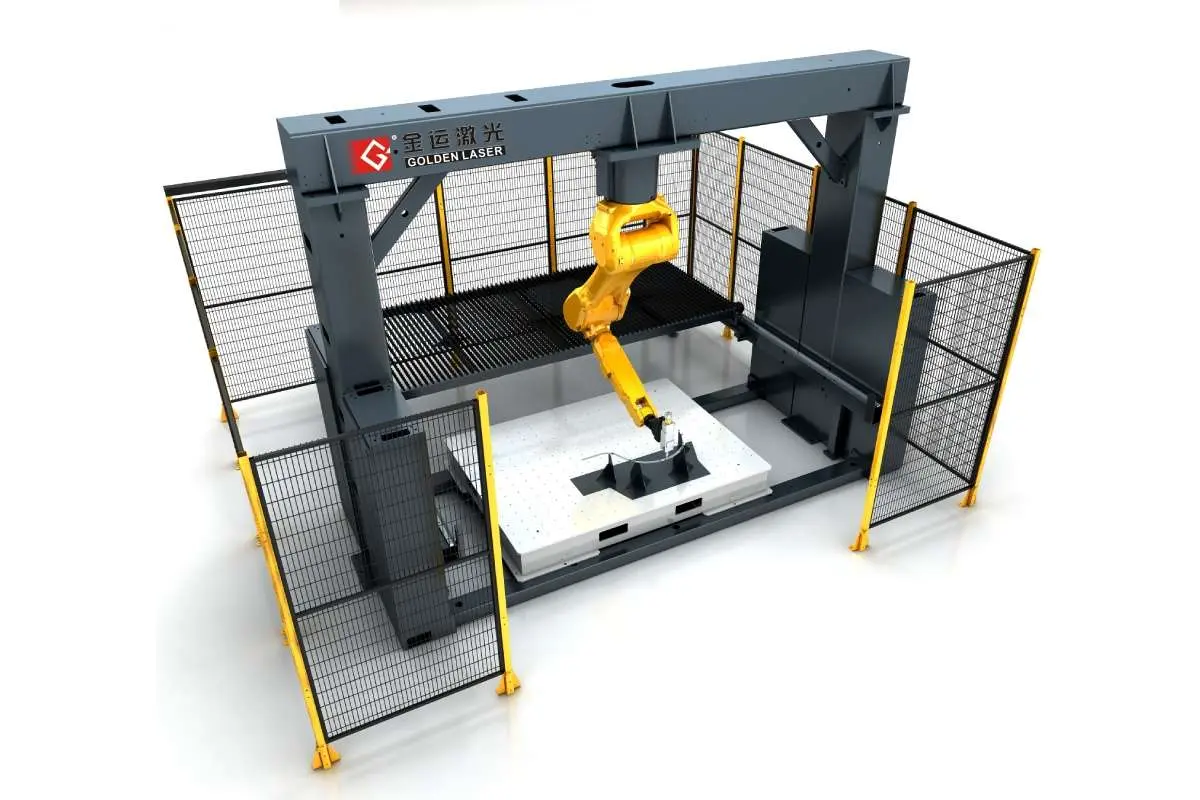In the rapidly evolving landscape of manufacturing and fabrication, steel cutting machines have become indispensable assets to industries worldwide. These machines are essential for various applications, ranging from construction to automotive production, where precision and efficiency are paramount. As technology continues to advance, the capabilities of steel cutting machines are continually enhanced, leading to increased productivity and improved safety standards. This article delves into the various types of steel cutting machines, their applications, advancements in technology, and the significant advantages they bring to the modern manufacturing environment.

Exploring the Advancements and Applications of Steel Cutting Machines in Modern Manufacturing Industries
Types of Steel Cutting Machines
Steel cutting machines come in numerous varieties, each designed for specific applications and materials. The most common types include:
1. **Plasma Cutting Machines**: Utilizing a high-temperature plasma arc to melt steel, plasma cutting is ideal for thick materials and intricate designs. These machines offer high precision and speed, making them suitable for a variety of industrial applications, including metal fabrication and repair.
2. **Laser Cutting Machines**: Known for their high accuracy, laser cutting machines employ focused laser beams to cut through steel. They are perfect for intricate designs and thin materials, providing a clean cut without the need for extensive post-processing.
3. **Waterjet Cutting Machines**: Waterjet cutting uses a high-pressure stream of water, often mixed with abrasives, to cut through steel. This method is particularly useful for materials sensitive to heat because it produces no thermal distortion.
4. **Band Saw Machines**: These machines are equipped with a serrated blade that moves in a continuous loop to cut through steel. Band saws are versatile and suitable for various cutting tasks, from simple to complex shapes.
5. **CNC Cutting Machines**: Computer Numerical Control (CNC) machines automate the cutting process, allowing for high precision and repeatability. They can utilize various cutting methods, including plasma, laser, and waterjet cutting, making them highly adaptable to different projects.
Applications of Steel Cutting Machines

Exploring the Advancements and Applications of Steel Cutting Machines in Modern Manufacturing Industries
The applications of steel cutting machines are vast and varied. In construction, they are vital for preparing structural steel components, ensuring that beams and support systems fit together correctly. In the automotive industry, steel cutting machines are employed to manufacture components such as frames, chassis, and engine parts.

Exploring the Advancements and Applications of Steel Cutting Machines in Modern Manufacturing Industries
Manufacturers in the shipbuilding sector also rely on these machines to cut large plates of steel into manageable sizes for assembly. Similarly, the aerospace industry utilizes precision cutting techniques to build lightweight yet strong components that meet strict safety and performance standards.
In addition to these industries, steel cutting machines are increasingly used in metal art and sculpture creation, showcasing their versatility and adaptability for creative applications.
Advancements in Technology
The steel cutting industry has witnessed remarkable technological advancements in recent years. One significant innovation is the integration of Industry 4.0 principles, which focus on using smart technology and connected devices to optimize manufacturing processes.
Machines are now equipped with sensors and software that monitor performance in real time, leading to proactive maintenance and reduced downtime. Moreover, advancements in computer software have improved the design and programming capabilities of CNC machines, allowing for more complex and intricate patterns to be cut with minimal waste.
Additionally, eco-friendly technologies are being introduced, such as energy-efficient laser and waterjet cutting systems that minimize environmental impact while maintaining high performance. These developments reflect a growing industry trend towards sustainability and reducing carbon footprints.
Advantages of Steel Cutting Machines
Investing in advanced steel cutting machines offers numerous advantages to manufacturers. The most significant benefits include:
– **Increased Precision**: Modern steel cutting machines provide superior accuracy, allowing for tighter tolerances and better overall product quality.
– **Enhanced Efficiency**: Automated processes reduce manual labor, leading to faster production times and reduced operational costs.
– **Flexibility**: Many machines can handle various steel types and thicknesses, enabling manufacturers to adapt to changing project requirements without extensive retooling.
– **Improved Safety**: Advanced technology minimizes the risk of accidents by reducing manual handling and ensuring that safety features are integrated into the cutting process.
In conclusion, steel cutting machines play a critical role in modern manufacturing processes across various industries. With continuous advancements in technology and an expanding range of applications, these machines are poised to drive efficiency, precision, and innovation in the years to come. As industries embrace these advancements, the future of steel cutting looks brighter than ever, paving the way for even more remarkable developments in manufacturing. Stainless Steel Letters Cutting Machine
